
I have known many of the wildflowers of Palestine by their Hebrew names and only a few by their Arabic names. My moms’ education was as a botanist and in the late eighties, her weekend ritual was to take me and my sisters on little trips in the fields and orchards at the edge of the town where we lived, in Israel. My mom would name the flowers in our mother tongue - Hebrew, rather than her mother’s tongue (a dialect of Morrocan) Arabic.
Flora is an index for the identification of plants, its function is to allow for the initial recognition of plants, and to name them. Plants have two types of names, botanical names, and common names. The botanic names of plants are generally consistent across geographies and languages, whereas the common names are given by peoples of places, communities, and regions in local dialects and relate to local histories, myths, and religious beliefs.
The Hebrew common names are ‘uncommon’ in that only a few of them derive from popular sources like the Arab and Jewish traditions of the country, the Hebrew common names were primarily coined by ‘experts’: linguists, botanists, historians, and others. The effort to name the plants of Palestine in Hebrew intensified in the first half of the 20th century at the time when Zionist activists championed Hebrew Revival and the making of the holy language into a national tongue of everyday speech. By Channeling Hebrew’s sacred qualities into a project of national salvation, supporters of Hebrew Revival wanted to transform Jews into “normal” territorialized nation. The Zionist use of the language was a challenge not only to Arab Palestinians but also to local Jewish communities and their Hebrew. The appropriation of land by means of language is prominent in the Hebrew names of plants, it is visible in the “Palestinian Arum” Hebrew version as “Eretz-Israeli Arum” , the “Palestinian Iris” Hebrew version as “Eretz-Israeli Iris” , and more intrinsic across the breath of the Hebrew Flora, where histories and knowledge are hidden but hopefully not lost in translation.
In Flora, I propose the identification of 50 specimens from the Wildflowers of Palestine. The plants’ physical identifications are given in the form of replicas, faux pressed plants, and their impressions. The specimens were adapted from photographs held by the Library of Congress as part of the Matson Photography Collection and dated approximately 1900-1920. The common names of the plants are given in Hebrew, Arabic, and English, the Arabic names were contributed by Reem Ghanayem, a Palestinian Poet and translator.

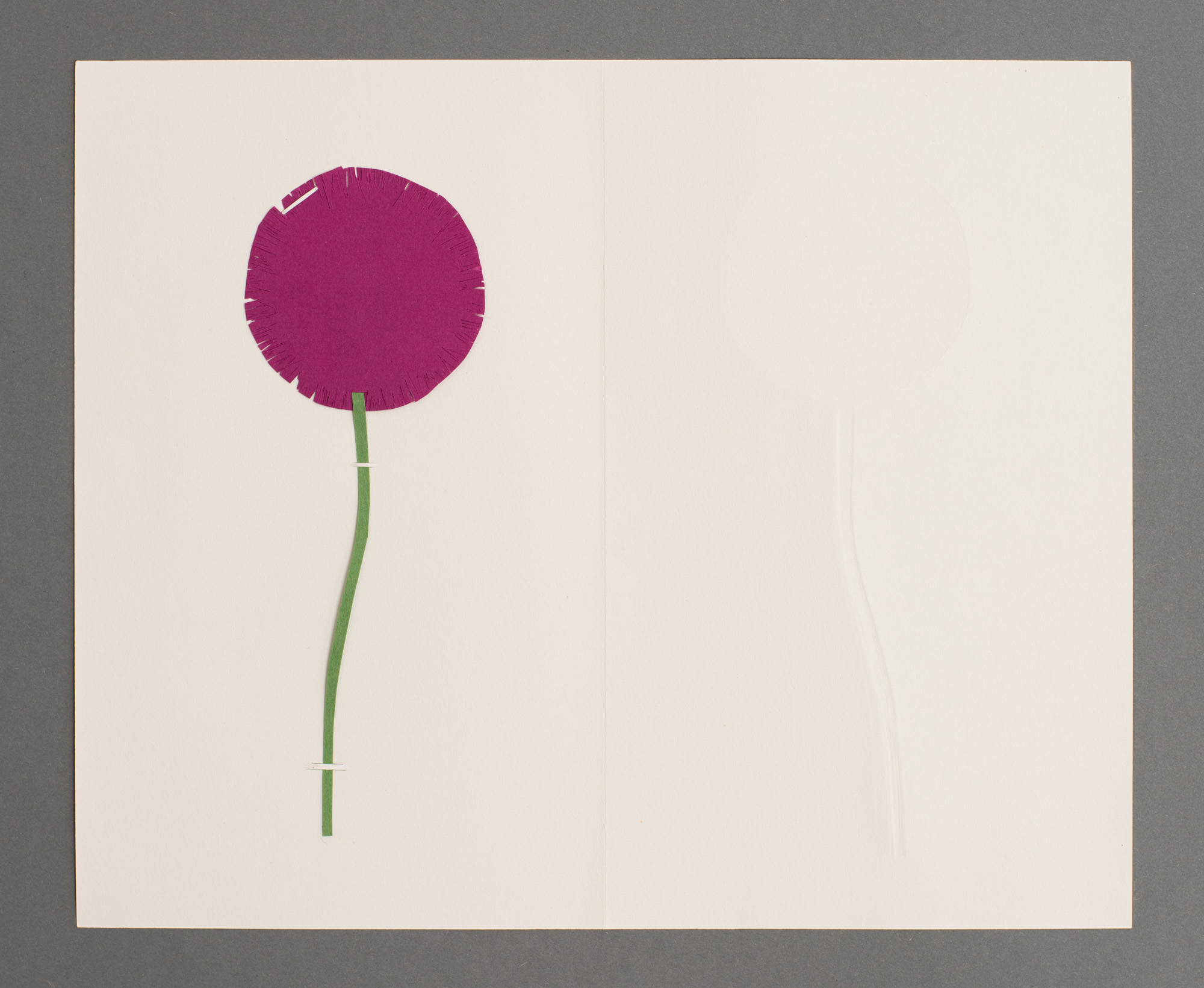
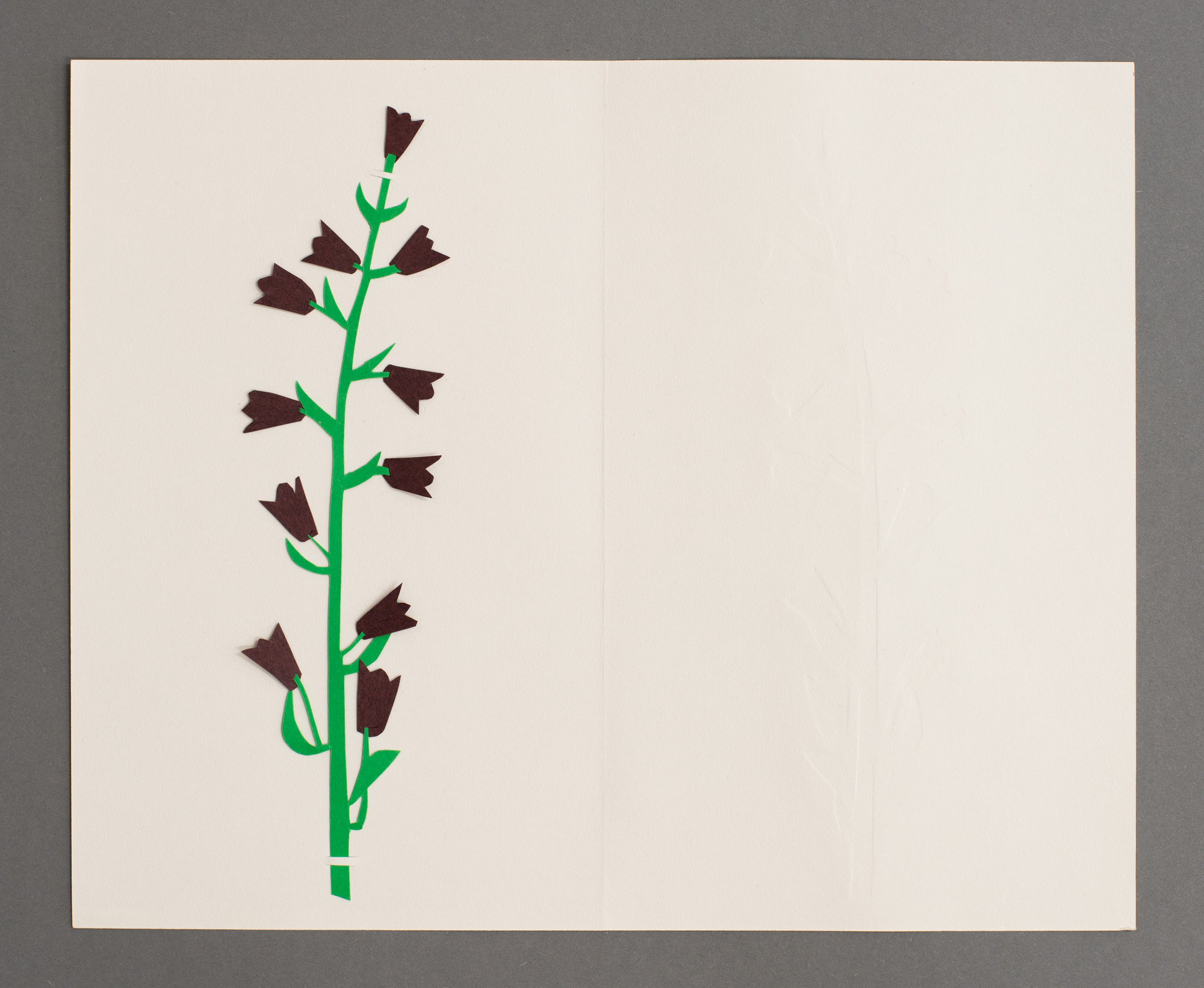

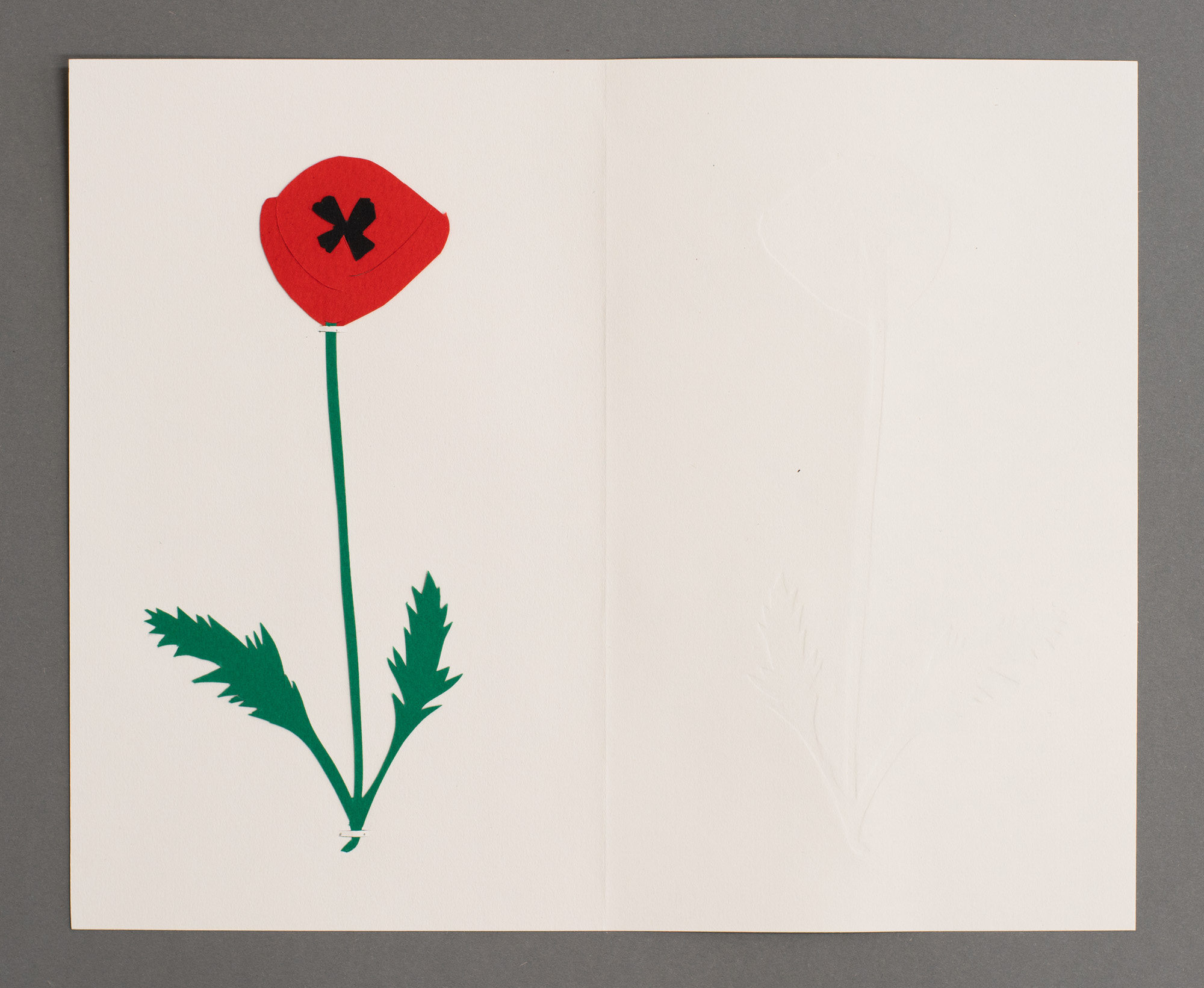
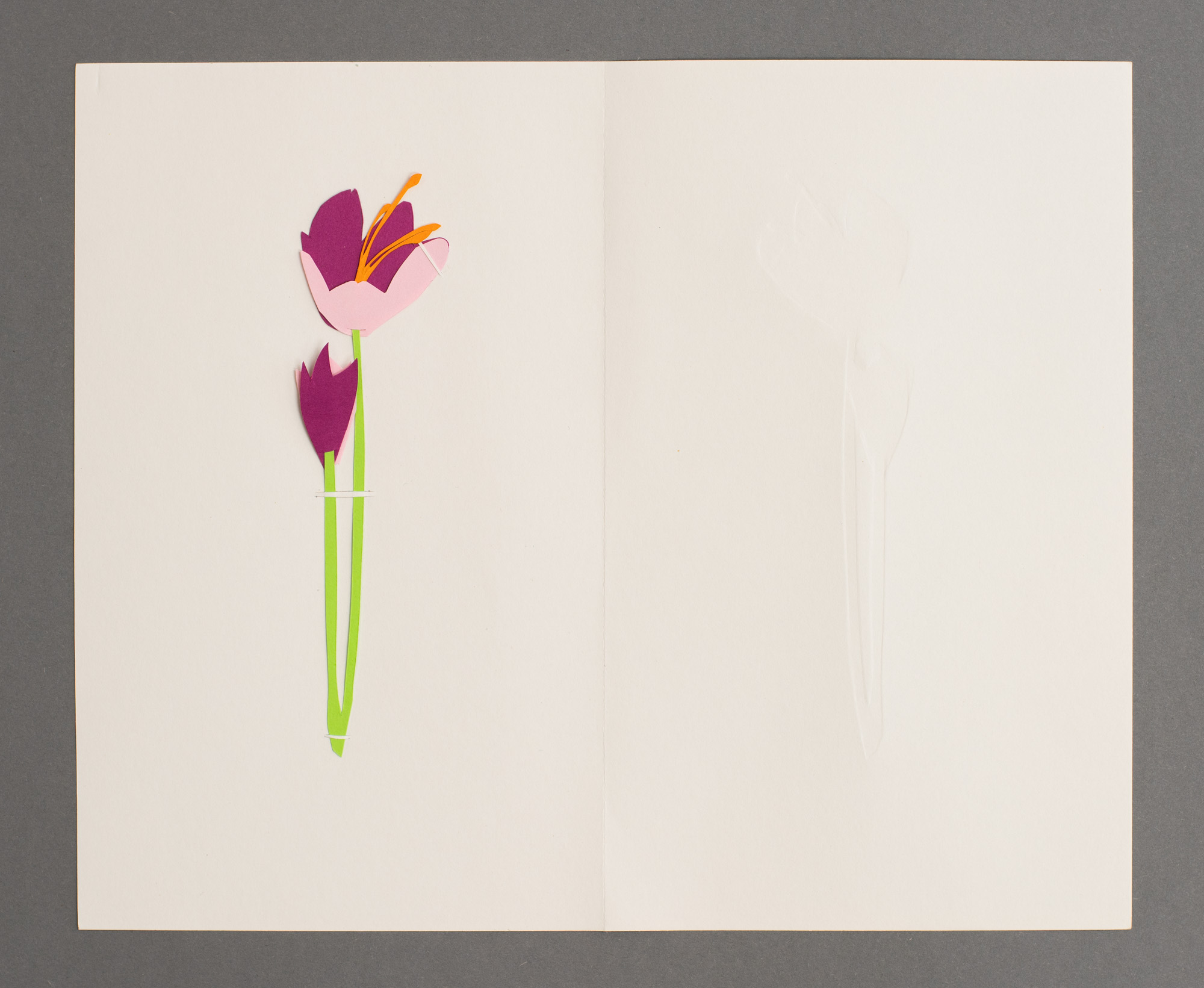
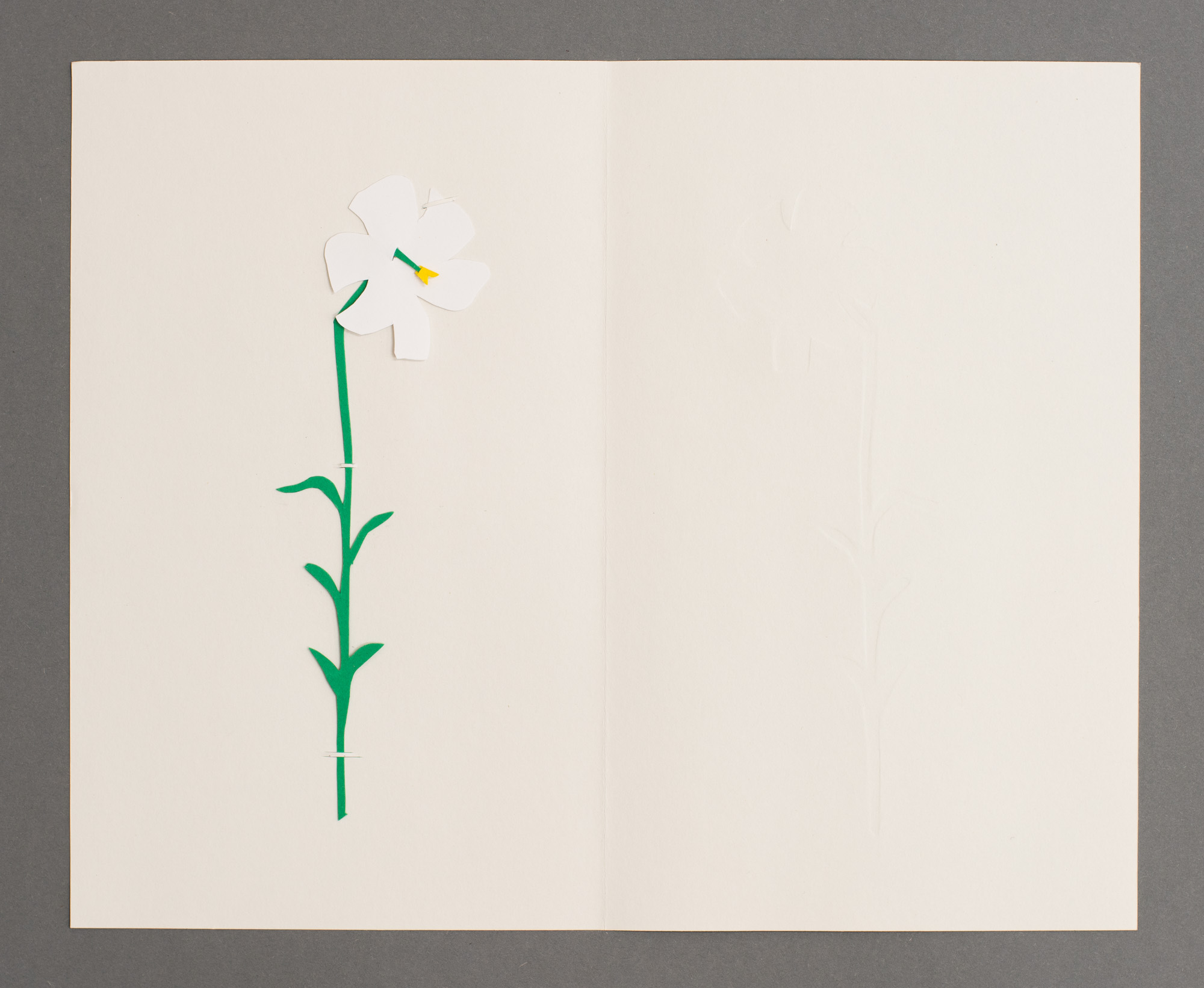
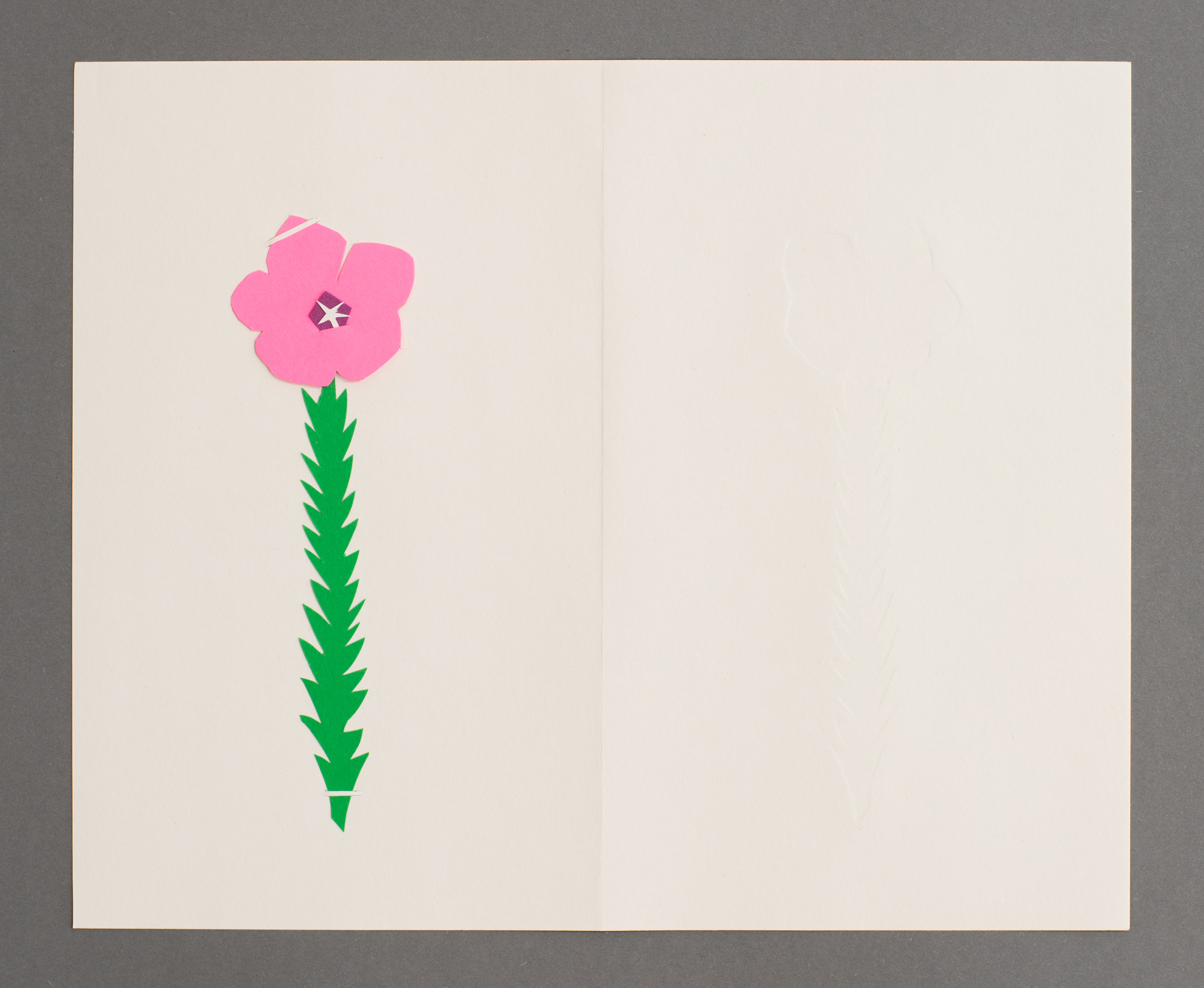

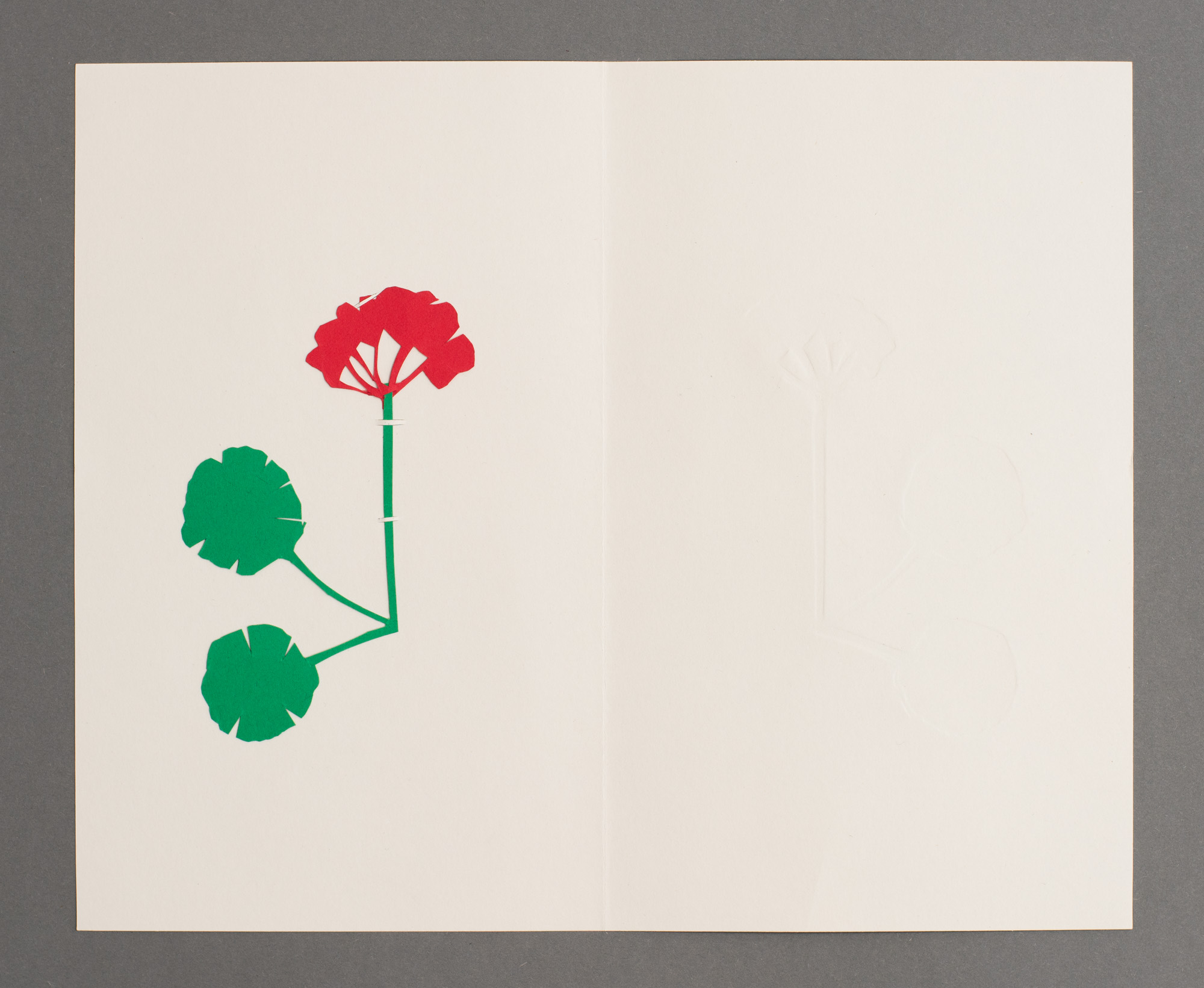


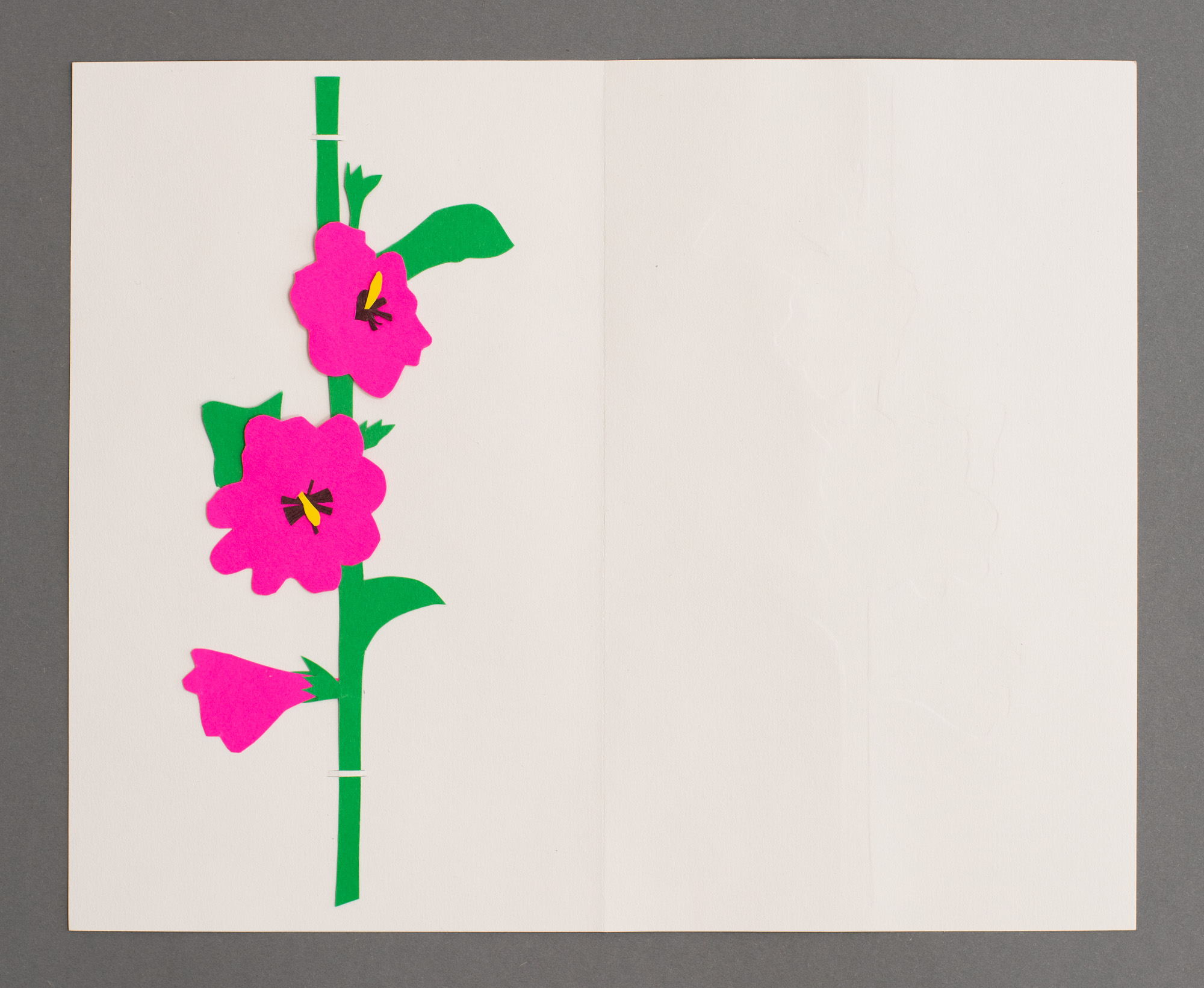


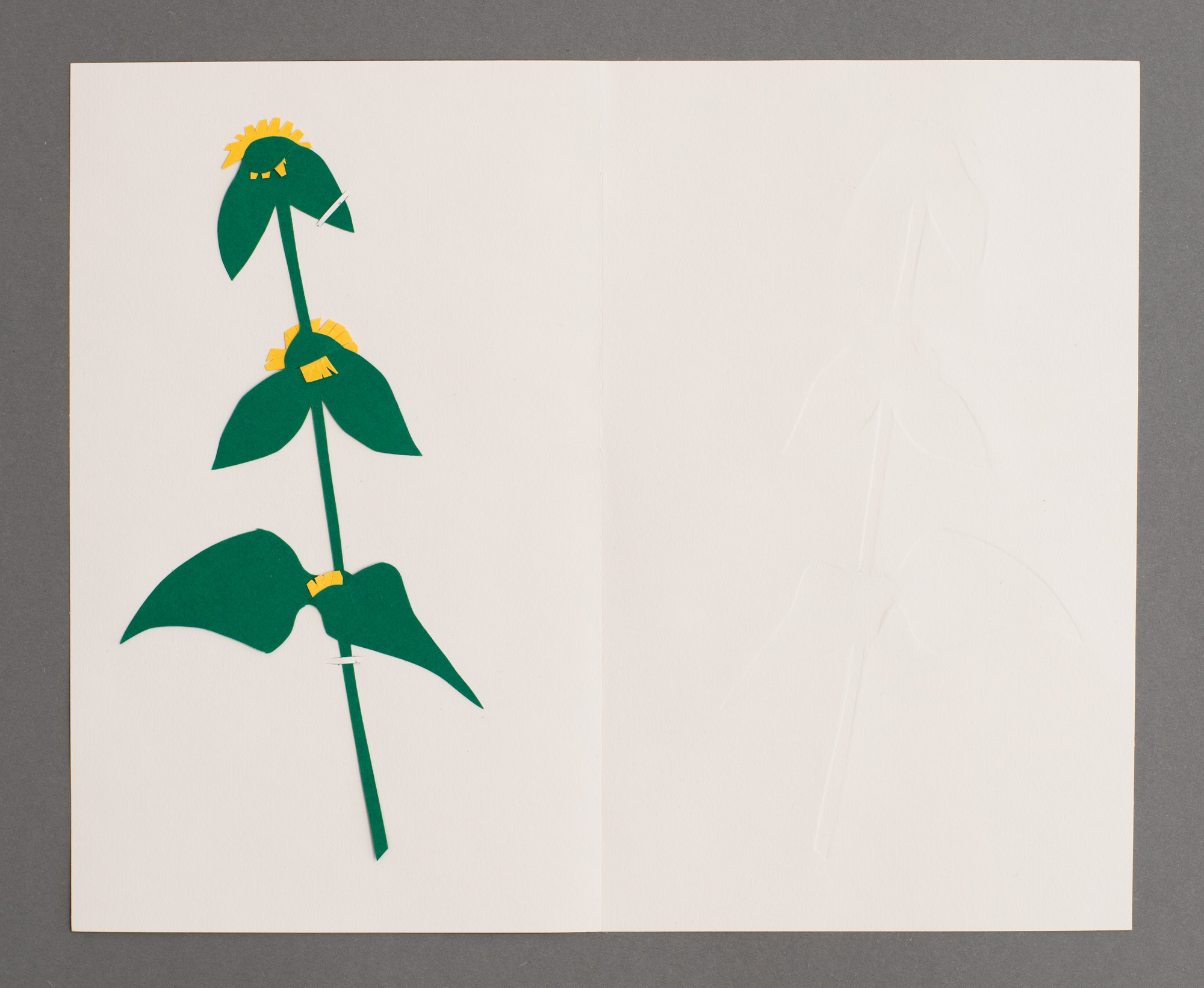





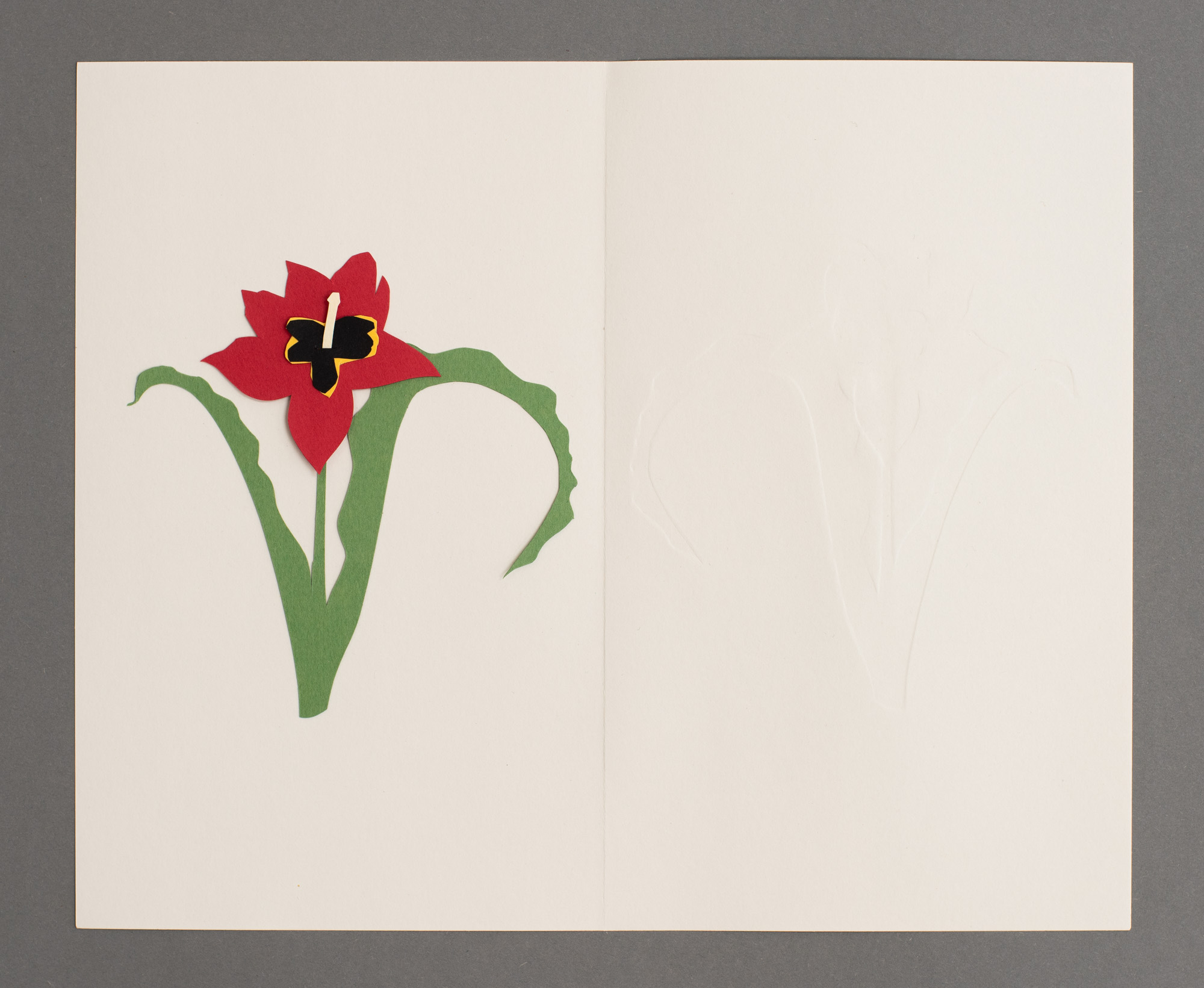


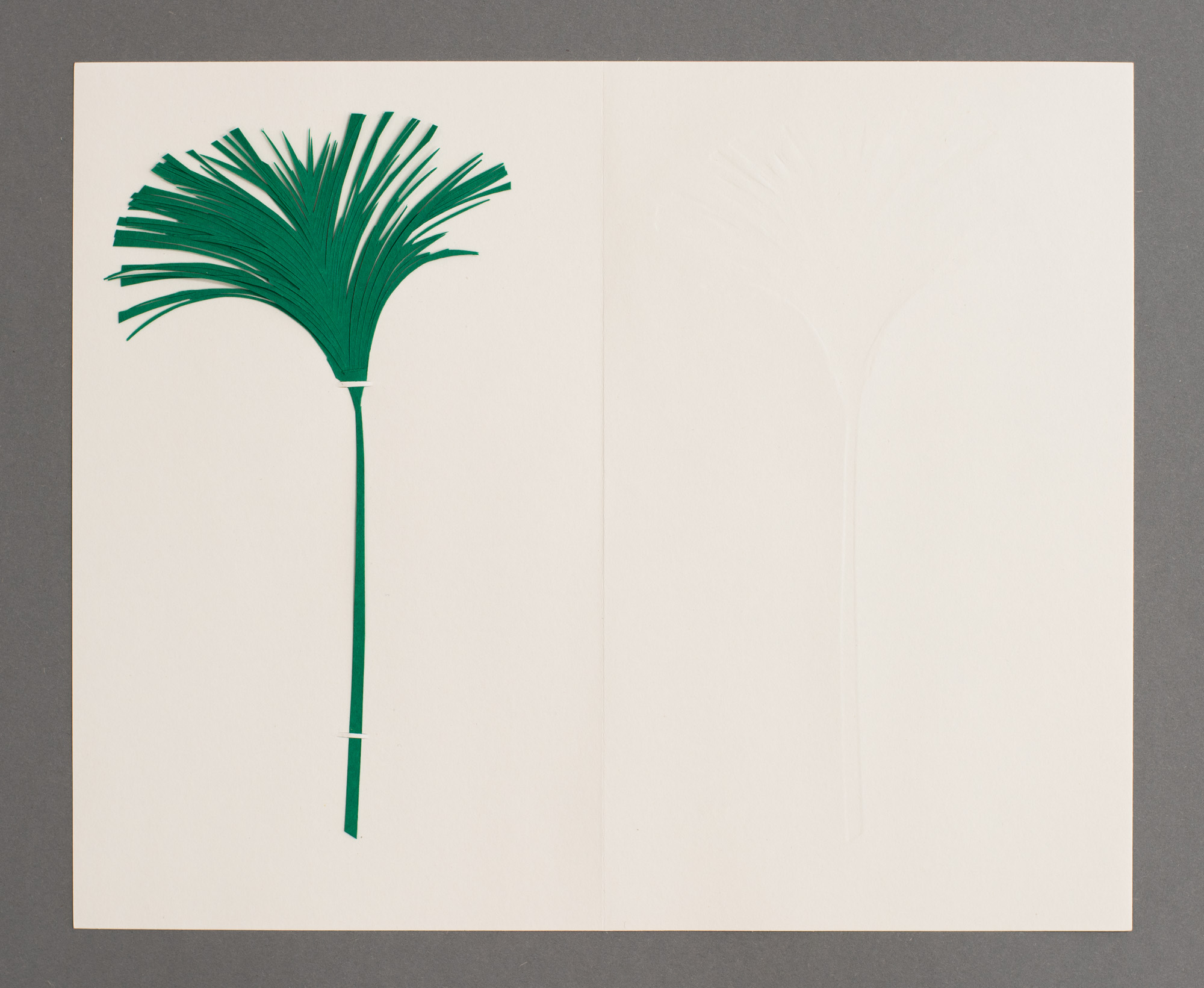

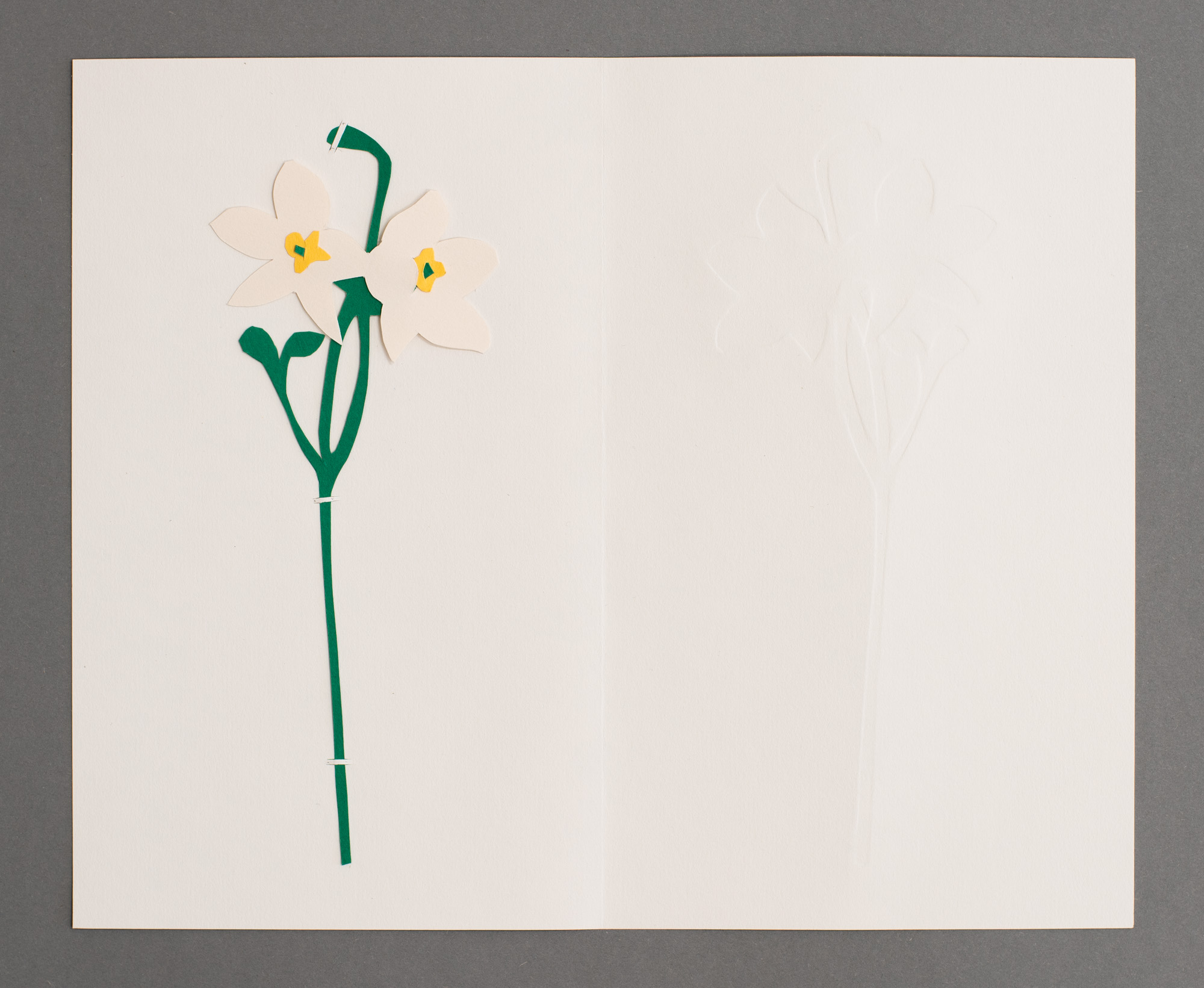
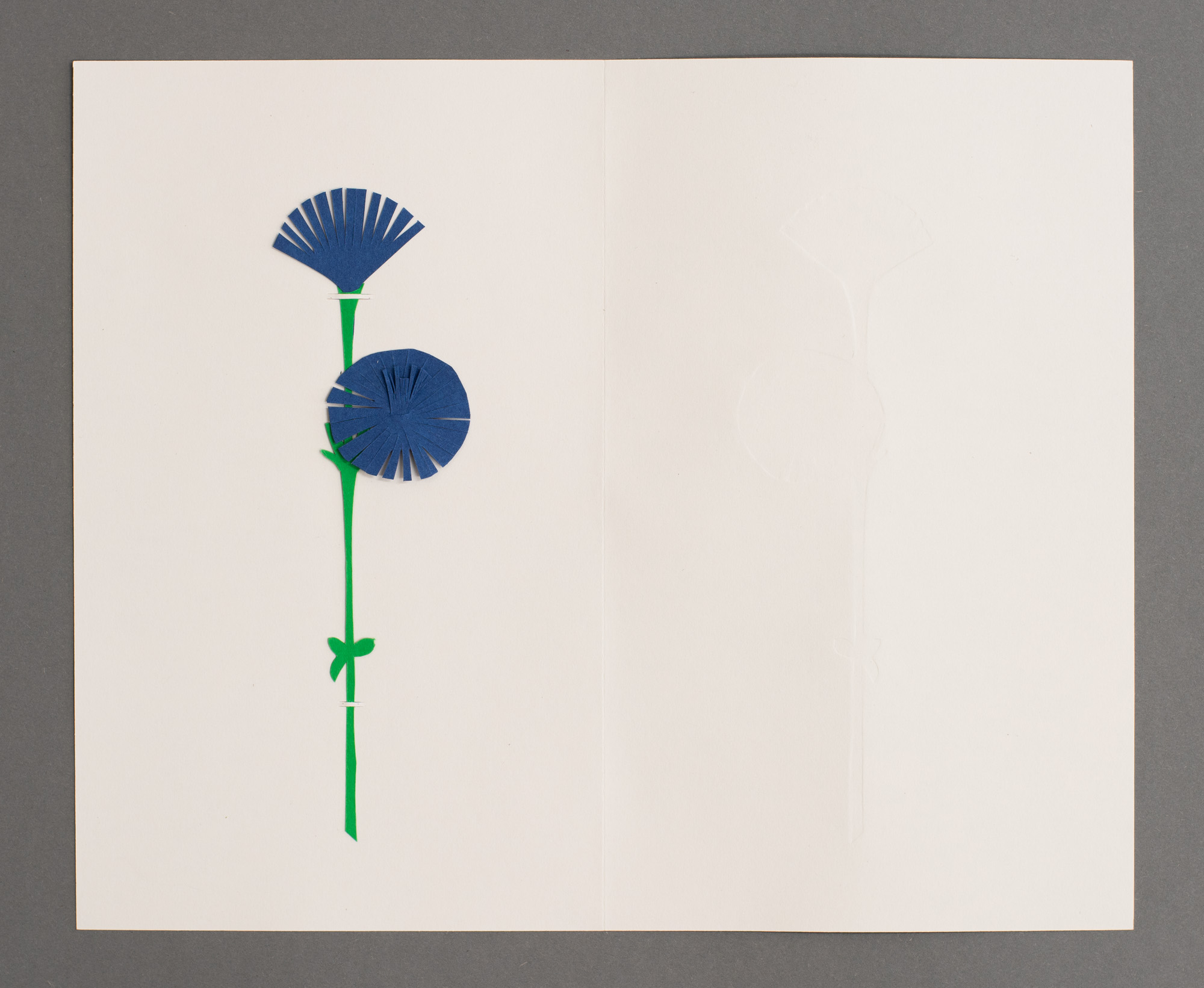
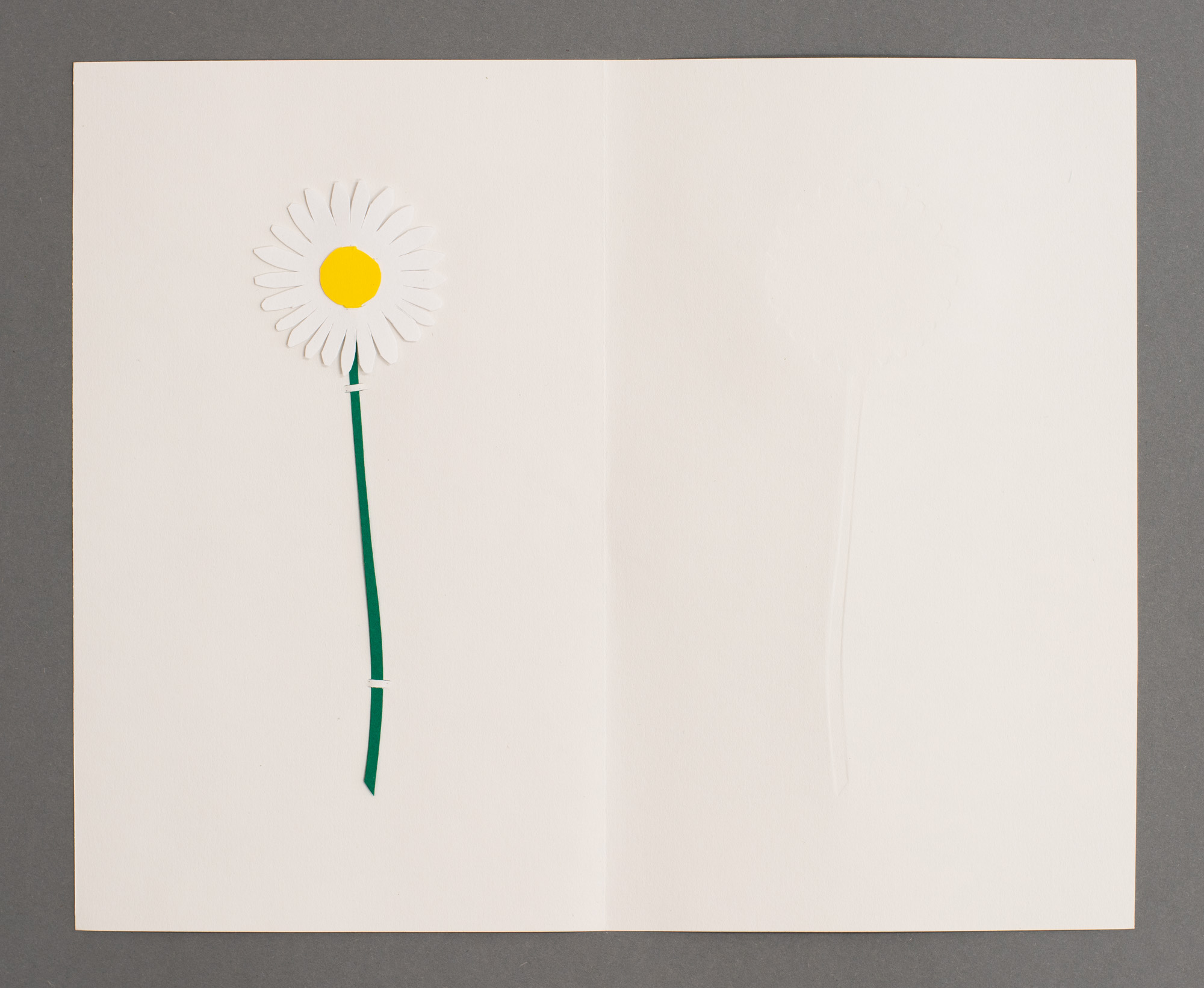

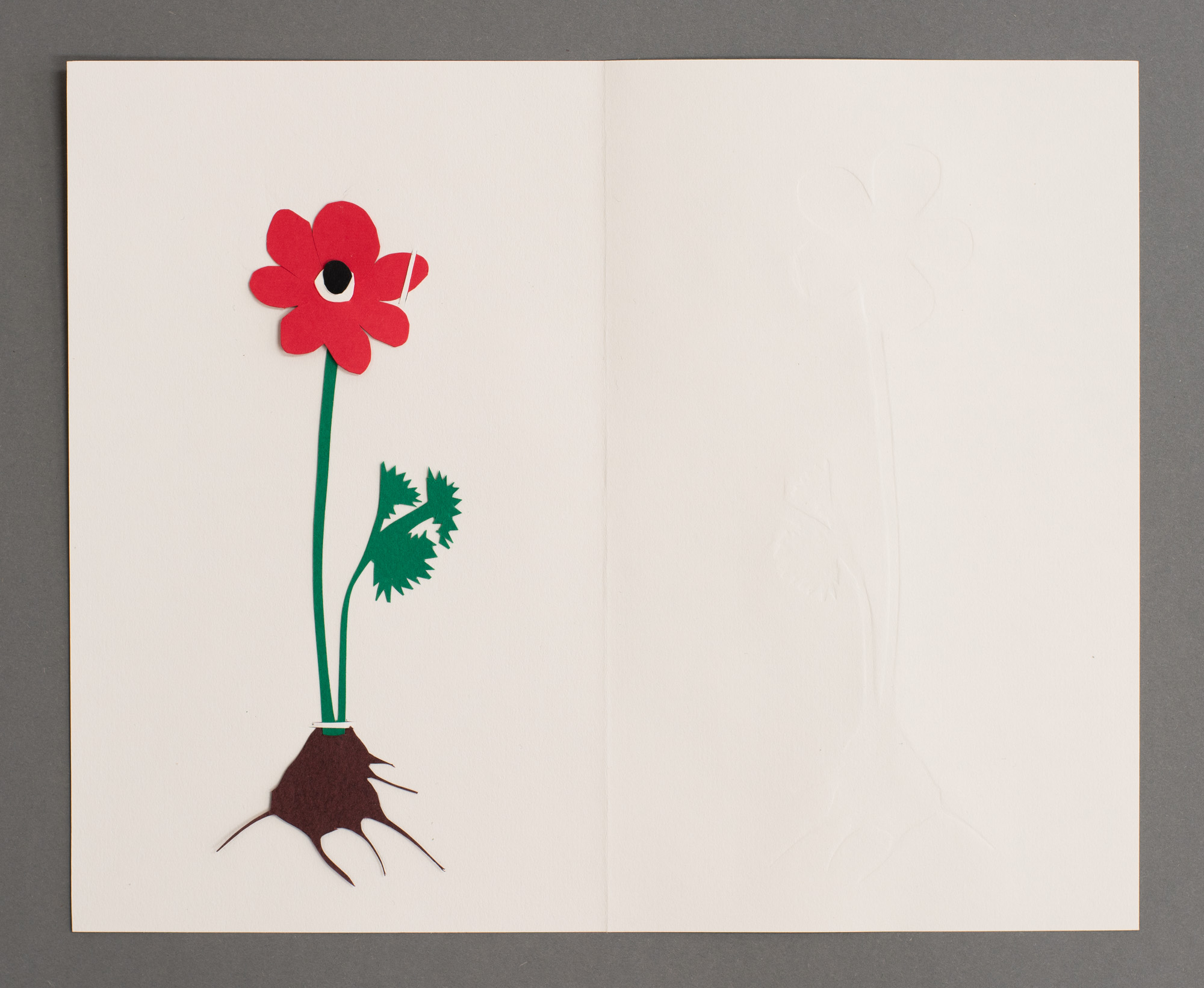


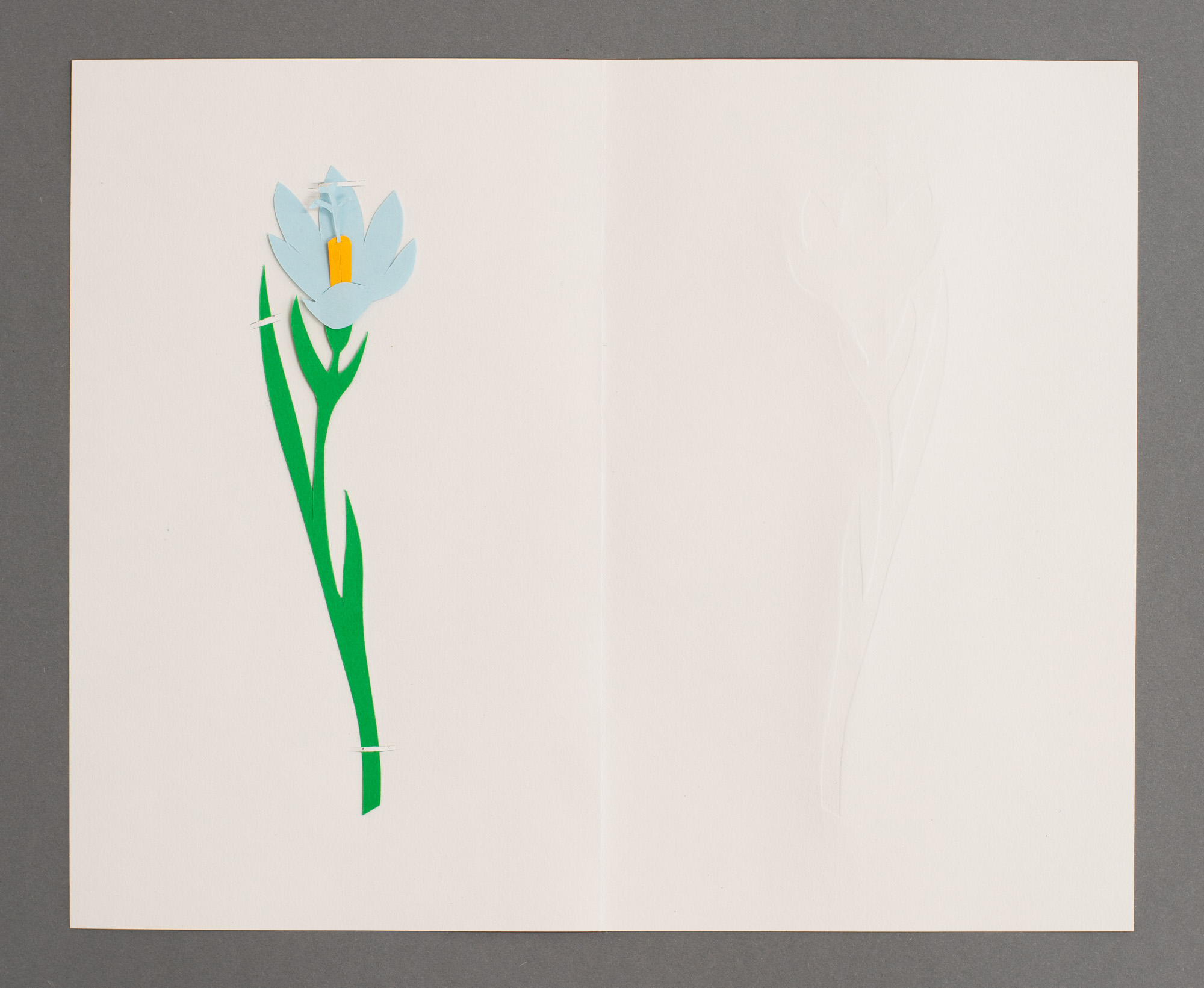



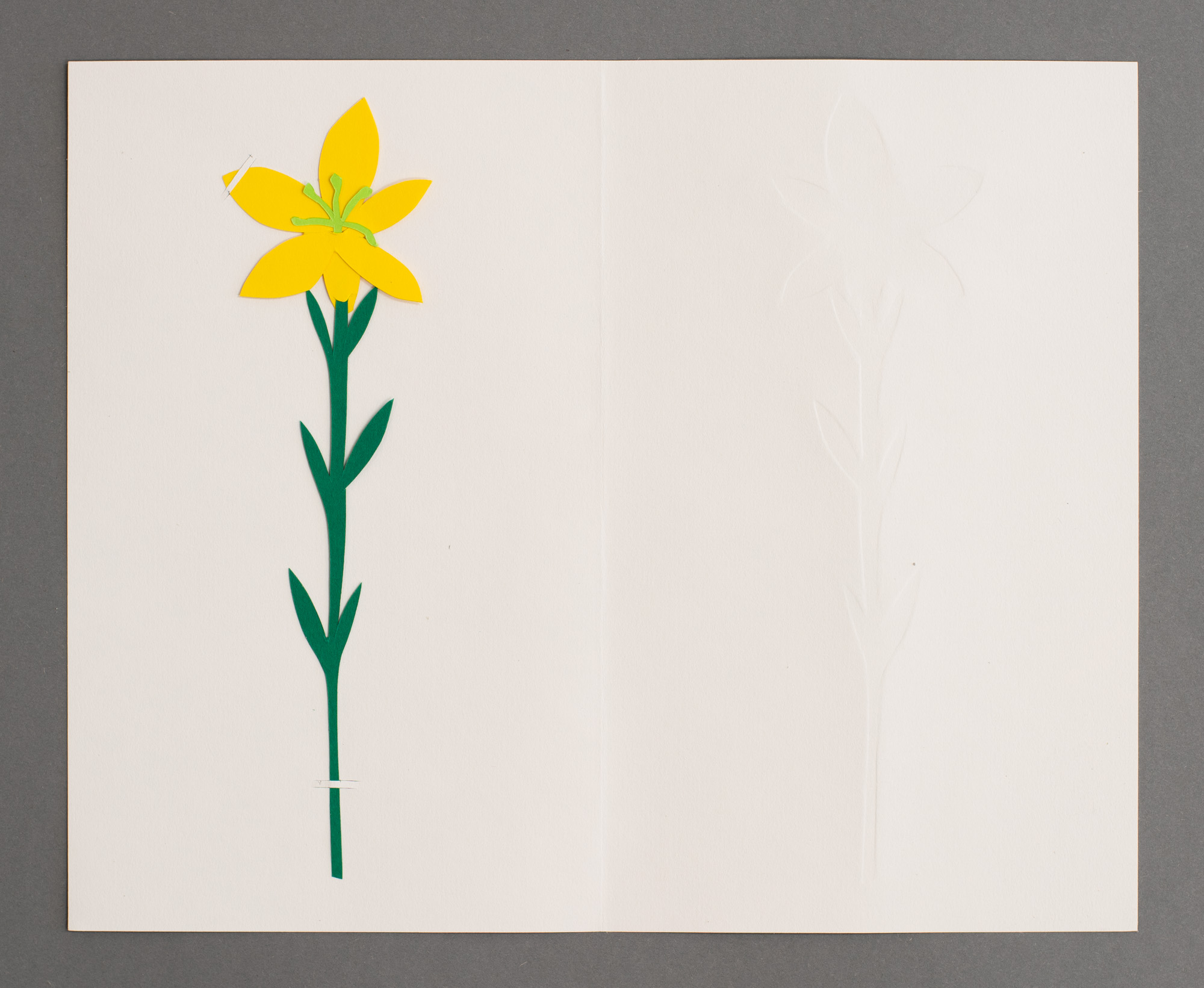


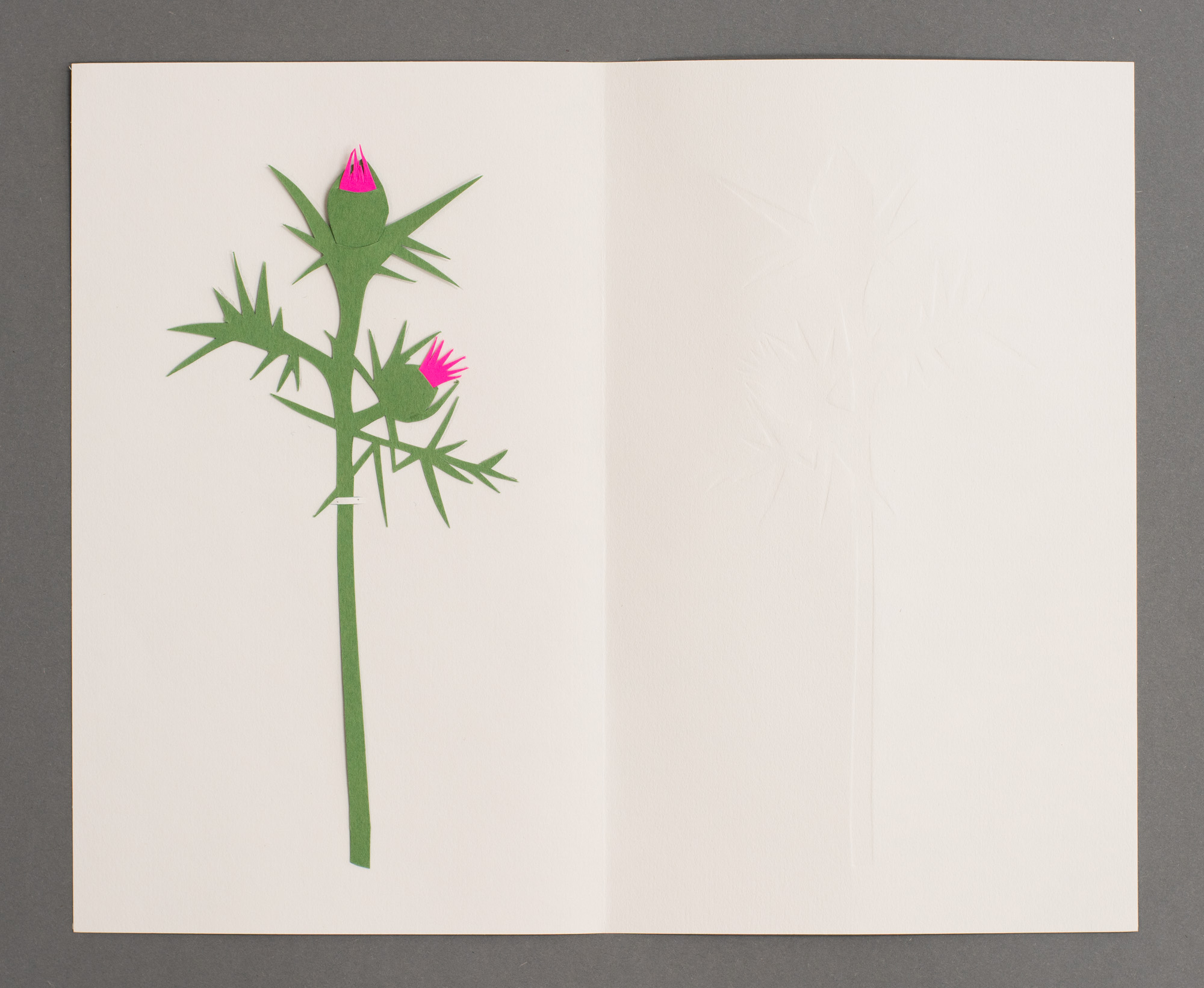

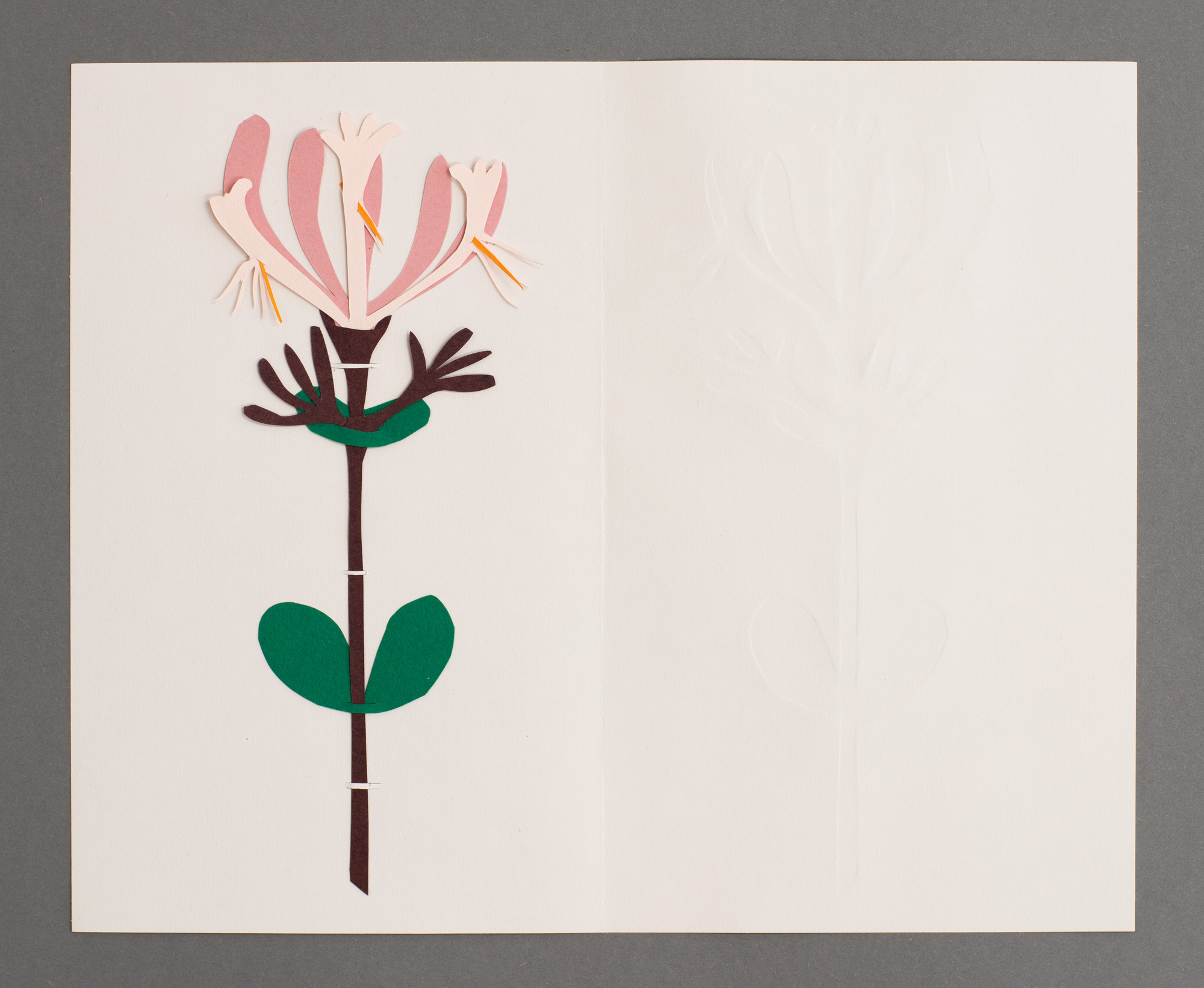

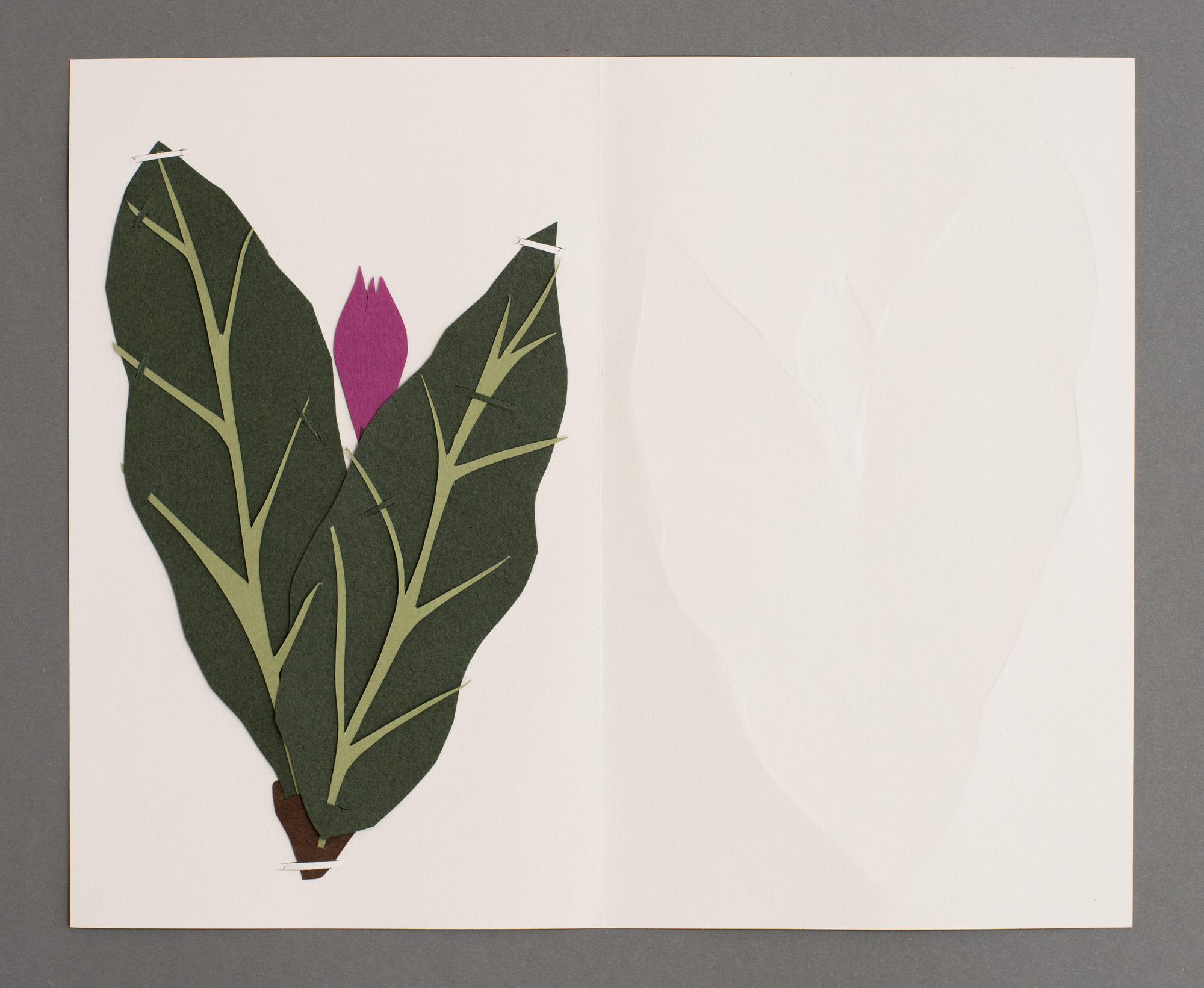




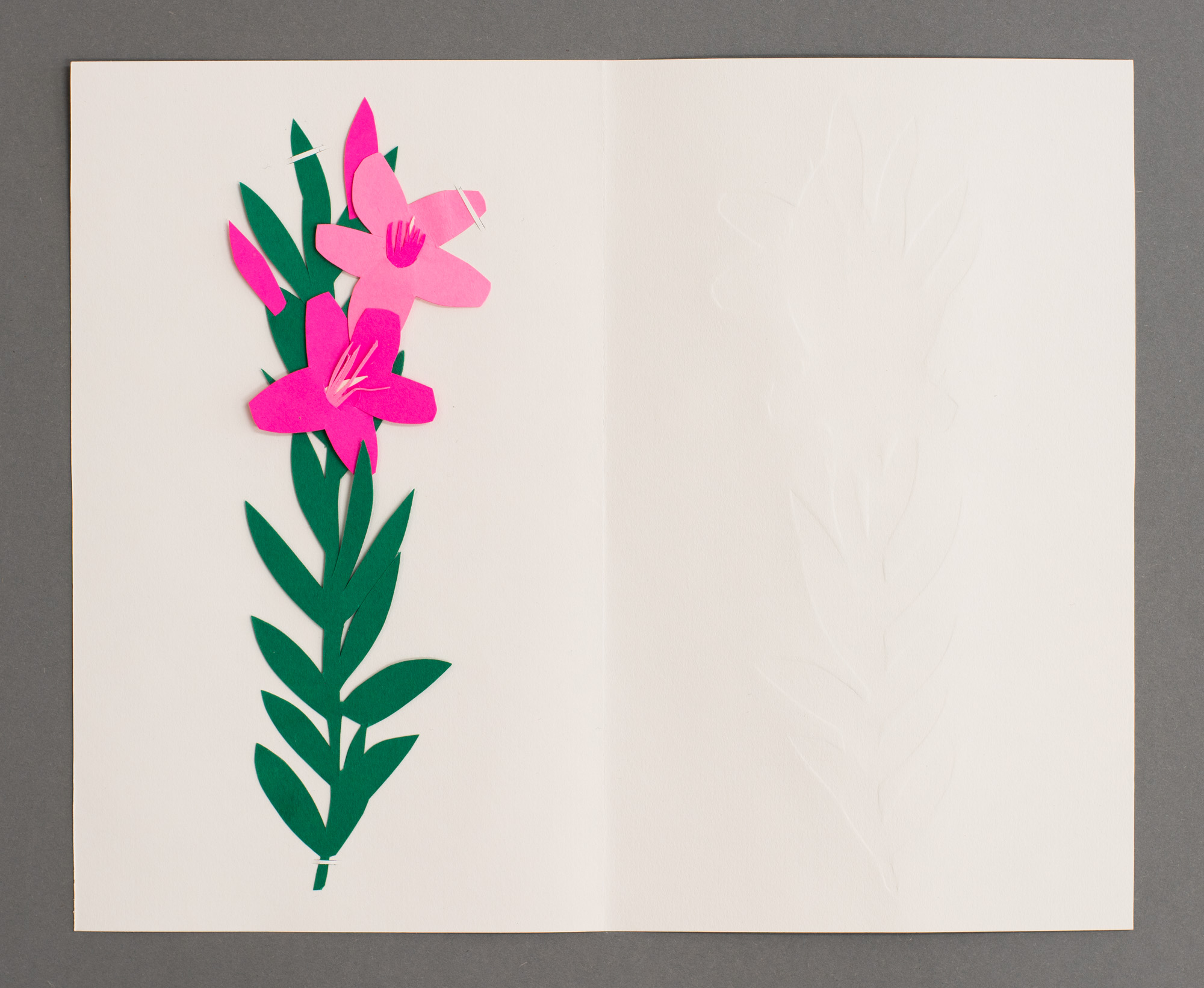







Installation views from Flora, Roots & Culture Contemporary Art Center, Chicago IL.